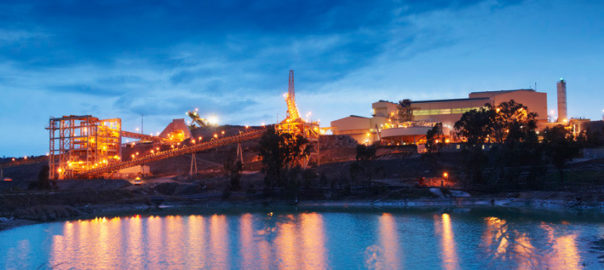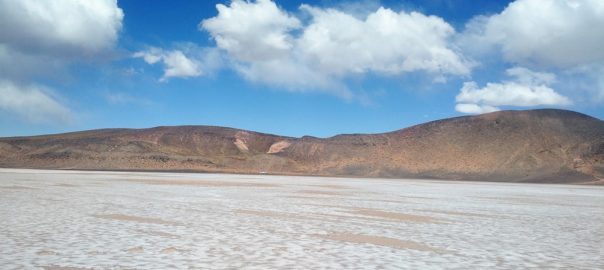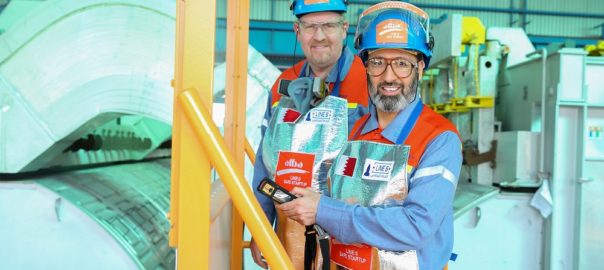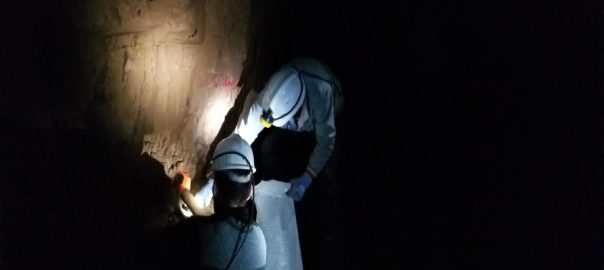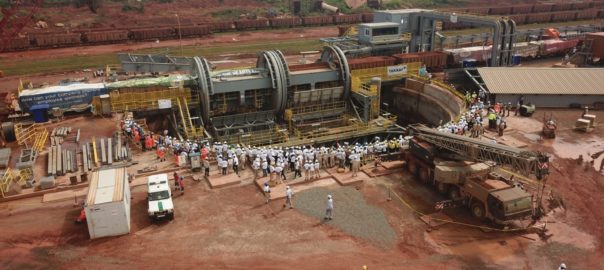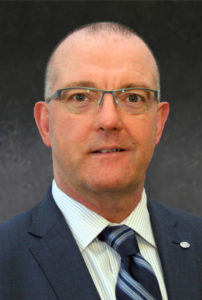BCI Minerals says it has appointed GR Engineering Services as the lead engineer for the Mardie salt and potash project definitive feasibility study (DFS) on the northwest coast of Western Australia.
As lead DFS engineer, GR Engineering will be responsible for coordination and integration of the process and engineering design packages for the ponds and crystallisers, salt plant, sulphate of potash (SOP) plant and port facilities. It will also prepare and verify the DFS level capital and operating cost estimates and will undertake the design and supervision of pre-final investment decision site works and supporting infrastructure during 2019.
BCI said: “GR Engineering is a reputable Perth-based engineering group with significant experience in study management, engineering design and construction of resource projects in Western Australia and globally, both as engineering, procurement, construction and management and EPC contractor.
“Members of the GR Engineering team nominated for this engagement have appropriate experience in salt operation and sulphate of potash study management.”
Following completion of a prefeasibility study during the June 2018 quarter, BCI commenced the Mardie DFS. As well as improving design accuracy and further de-risking the project, BCI is aiming for the DFS to improve on the PFS development plan and business case in a number of key areas, including:
- Increasing the production capacity to 4 Mt/y salt and 100,000 t/y SOP;
- Establishing the tenure, approvals and designs for a fit-for-purpose export facility at the Mardie site, which will eliminate haulage costs to the Cape Preston East Port site, and;
- Establishing test ponds and completing construction of project support infrastructure to bring forward the target date for first salt and SOP production.
The site works GR Engineering will initially carry out include a 135-ha trial pond, seawater intake pumps, circa-20 km upgrade of access roads, initial accommodation camp and power generation.
BCI’s Managing Director, Alwyn Vorster, said: “We are focused on delivering a high quality DFS that will place BCI in a strong position to reach a final investment decision by the first (March) quarter of 2020. GR Engineering’s technical ability and project management strengths will make them a valuable partner to BCI as Mardie is progressed towards full project construction.”
BCI’s areas of focus in the period to June 30, 2019, include:
- Appointments of process design engineers (ponds, two plants and port);
- Geotechnical drilling programme of pond, plant and port areas completed;
- Construction of small-scale trial evaporators completed;
- Port tenure negotiations with the Pilbara Port Authority(PPA);
- Environmental Review Document submitted to the Environmental Protection Authority(EPA);
- Construction of the 135-ha trial pond and supporting facilities (camp, roads, power, pumps) commenced;
- Funding discussions with Northern Australia Infrastructure Facility and other entities progressed;
- Product offtake potential developed, and;
- Significant potential investor/financier briefings.
BCI said all activities until the final investment decision in Q1 2020 – estimated at A$25 million ($17.8 million) – will be funded from BCI’s existing A$36 million cash and the ongoing quarterly royalties from Iron Valley, the company said.








